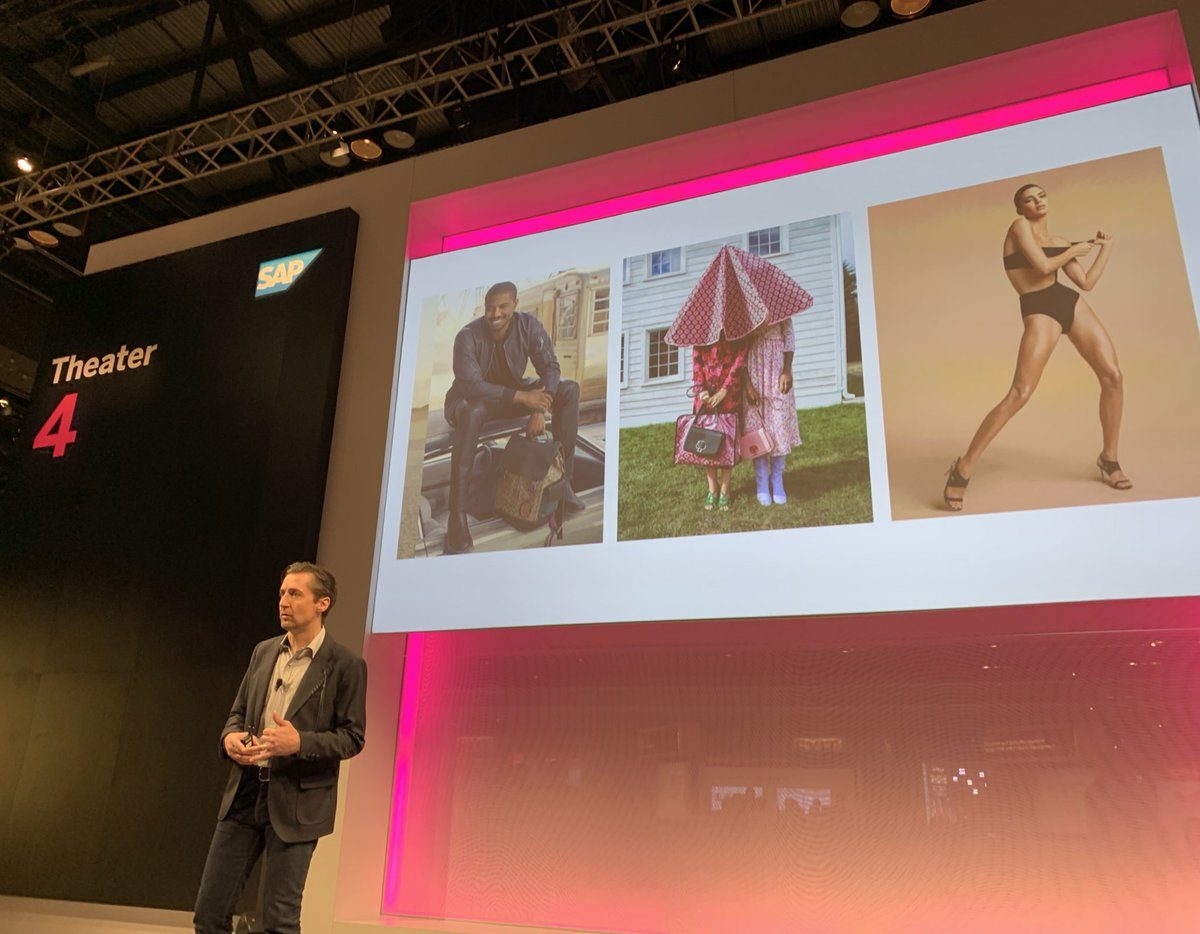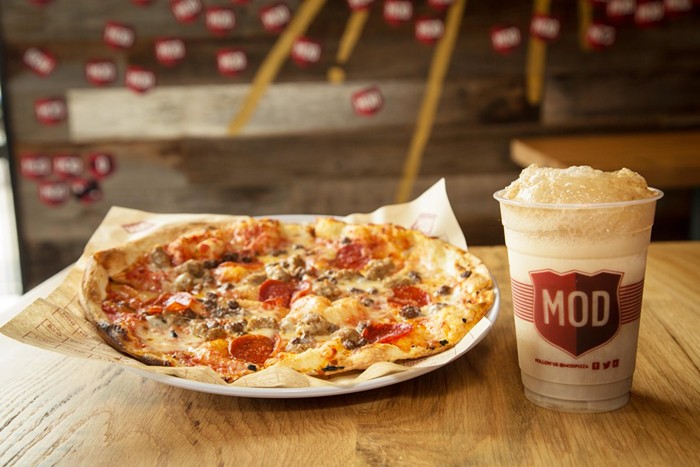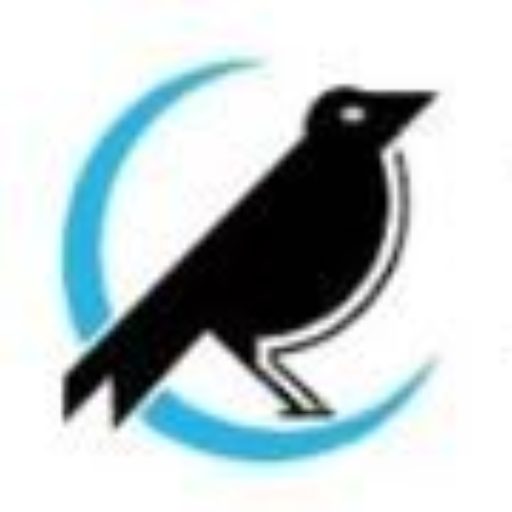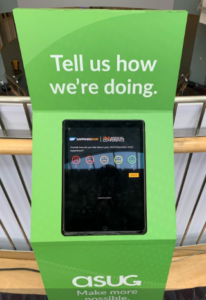Customer “Experience Management” took center stage at SAPPHIRE NOW last week. SAP’s acquisition of Qualtrics conceivably gives their customers tools to identify and marry customer feedback with operational data to create better business outcomes (referred to as “closing the Experience Gap”.) The concept has potential application not only to SAP customers–but to SAP itself as the “largest customer of Qualtrics”. This year’s Sapphire signals a new rigor in the area of customer satisfaction for SAP, an openness to transparency and the ability to measure success that should bode well for them and their customers.
First Impressions Are Everything: When Moving to the Cloud—Implementation and Partner Experience Has Direct Impact on SAP brand
With Customer “Experience Management” there is a lot of talk about “Moments that Matter”. For SAP customers, the “Go-live” on these new cloud solutions is a big one. In every customer discussion I had, the initial milestone “Go-live” set the future relationship tone and materially impacted the SAP brand perception. Because 80%+ of implementations are done by 3rd party Systems Integrators (SIs), this makes it crucial for SAP to ensure they have quality partners doing the work, especially as cloud installs are expected to grow. SAP’s global ecosystem of 3,000+ services partners provide resource scale and customer choice, as well as the economics to get a better competitive value, but at the same time makes quality partner delivery a challenge to control and regulate.
Partner Readiness & Quality
When asked about how SAP plans to ensure partner readiness, Arlen Shenkman, EVP, Global Business Development and Ecosystems said it comes down to two things, “Transparency and measurement.” With new tools to identify partner and customer sentiment, the mechanism to capture feedback, adapt and monitor progress is there.
Implementation CX: Lessons Learned in the trenches
At SAPPHIRE I had open access to customers who have implemented SAP cloud products to gain a sense of the Customer Experience during implementation one-on-one. As the principle of an independent peer review site that measures Enterprise software implementation across the industry, this speaks well to the ‘transparency’ Shenkman referenced.
Below are summations of my customer interviews.
Tapestry: Retailer of Coach, Kate Spade and Stuart Weitzman brands

Michael Braine, CIO of Tapestry, talks about their 9-product SAP implementation of S/4HANA and SuccessFactors, done within 1 year.
Michael Braine, CIO of Tapestry has led several transformational efforts for other well-known retailers, and spent time in the consulting world himself. Rather than using a single SI–Tapestry used both Accenture (SAP SuccessFactors) and EY (S/4 HANA). While managing 2 firms is more challenging, it provided Tapestry with a unique skill-set for the different components of their project.
> Employee Count: 22k Employees / Countries: 27
> Products: 9-product SAP implementation (S/4, SAP SuccessFactors)
> Outcomes: Harmonized 3 companies into a single unit, reduced {system} friction in workplace to allow employees to focus on their customers, provided a fully mobile UX to staff
> Implementation timeframe: 1 year (condensed)
Lessons Learned:
> “If your implementation is not a priority, or you can’t get executive sponsorship—don’t do it. The risk of a failed project is too high.”
> “Eliminate excuses that get in the way & pick a great team.”
> “If you know your SI is going to use a subcontractor for your project–go directly to the sub so you aren’t paying for the big mark-up in price.”
> For more on the Tapestry tech journey, click here for an excellent article by Madeline Bennett of Diginomica (“Retailer Tapestry Shops Around For Acquisitions Using Tech Platform as Bait“)
Mod Pizza: Fast Casual Pizza Restaurants

Mod Pizza’s fast casual restaurants have over 400 locations and are growing throughout the US and UK.
Mod Pizza was the first SAP S/4 HANA Cloud customer and is a high-growth, fast-casual pizza restaurant with stores throughout the US and UK. They used SAP’s Professional Services to implement S/4HANA and two independent SIs for the SAP SuccessFactors implementation. Senior Director of Enterprise Systems, Tara Gambill said, “Using SAP’s 100% cloud solution allows us to keep our IT department lean and provides us with an infrastructure to scale quickly.” (Jon Reed has written an excellent in-depth case product study with Mod Pizza on Diginomica to check out as well.)
> Employees: 6,000 / Countries: US, UK
> Products: S/4HANA Cloud, SAP SuccessFactors
> Implementation timeframe (SAP SuccessFactors): <1 Year
> Outcomes: Created 100% cloud infrastructure that allows them to open 1-2 new stores per week. With SAP SuccessFactors’ implemented a system to recruit and onboard hundreds of employees at a time and provide a way for employees to easily view their information and apply for benefits.
Lessons Learned:
>”Seek an architectural approach during implementation. If your consulting team comes in with modular expertise, demand better–the silo’ed approach to implementation does not work.”
> Mod Pizza changed SIs mid-project due to partner quality concerns. “When we lost faith and trust in our partner, the situation was irreparable and we had to look for another partner,” said Gambill. This stresses the importance of finding the right partner the first time.
Ryan Specialty Group: Specialty Insurance
Ryan Specialty Group is an international specialty insurance organization that has doubled in size in the past two years.
Ryan Specialty Group is an international specialty insurance organization that has doubled in size in the past two years. They looked to replace their financial and HR systems to accommodate global growth and acquisitions. John Garbaciak, Director of Corporate Systems told me that during their evaluation they considered MS Dynamics, Oracle Cloud and Workday, but chose SAP for the ability to scale quickly and the speed-to-value expected.
> Employees: 2,200
> Products: S/4HANA Cloud, SAP SuccessFactors
> Implementation timeframe: 1 year (100% on-time / on-budget)
> Outcomes: Created a system with a “singular source of truth”, that aggregated multiple disparate systems together.
Lessons Learned: “Give yourself more time than you think you need for implementation. Define your “after-picture” before you start, and work backwards from there.”
Callaway Golf:
Callaway Golf manufactures and sells clubs and balls, and sells golf accessories under the Callaway Golf

Callaway Golf has recently moved into new markets with the acquisition of a premier outdoor apparel brand.
and Odyssey brands worldwide. They have recently expanded their portfolio globally with the acquisition of Jack Wolfskin, a premium apparel outdoor brand. This growth has created a need to provide additional commerce capabilities and infrastructure internally. When asked why they chose to migrate to S/4HANA, Alan Schneider, Senior Director of IT, Global ERP Solutions, Strategy & Operations told me, “There are things we are asked to do today that we weren’t asked to do a year ago. You have to be able to adapt quickly. SAP was the only provider who could do what we needed.”
> Employees: 2,500
> Products: S/4HANA, Hybris, GK, CAR
> Implementation timeframe: 1 year (100% on-time / on-budget)
> Outcomes: “We are able to provide an omni-channel experience and an individualized in-store inventory experience to customers. We were able to use the SAP roadmap to do we what needed and have our future designed.”
Lessons Learned: “We used two different SIs for implementation, based upon their expertise in different modules. If you are going to use an SI who uses offshore resources, make sure that you have comfort in the quality of resources they are going to be bringing you. There is variability from partner to partner in this area.”
Wrap-up
While SAP seeks to ensure partner service delivery quality, and looking at new methods to measure the success of partner work, customers still need to do independent due-diligence about partner selection. The business outcome of any Enterprise software project depends on a good implementation–which is in large part due to the consulting partner selected to do the work. The power to choose a partner is in your hands and should be part of your evaluation as early in the process as possible.
Resources:
> “10 Questions to ask a potential consulting partner”
> HCM Implementation Mythbusters


